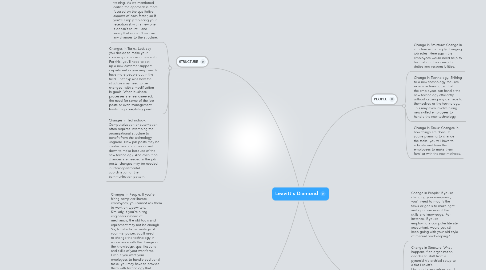Leavitt offered a new approach to looking at organizations, in which every organization consists of four interactive components. This approach is now widely used for making organizational change more effective. Keep reading to learn more about these components and their interactive behavior.
The Four Components
Leavitt’s diamond proposes that every organizational system is made up of four main components: People, Task, Structure and Technology. It is the interaction between these four compon...


